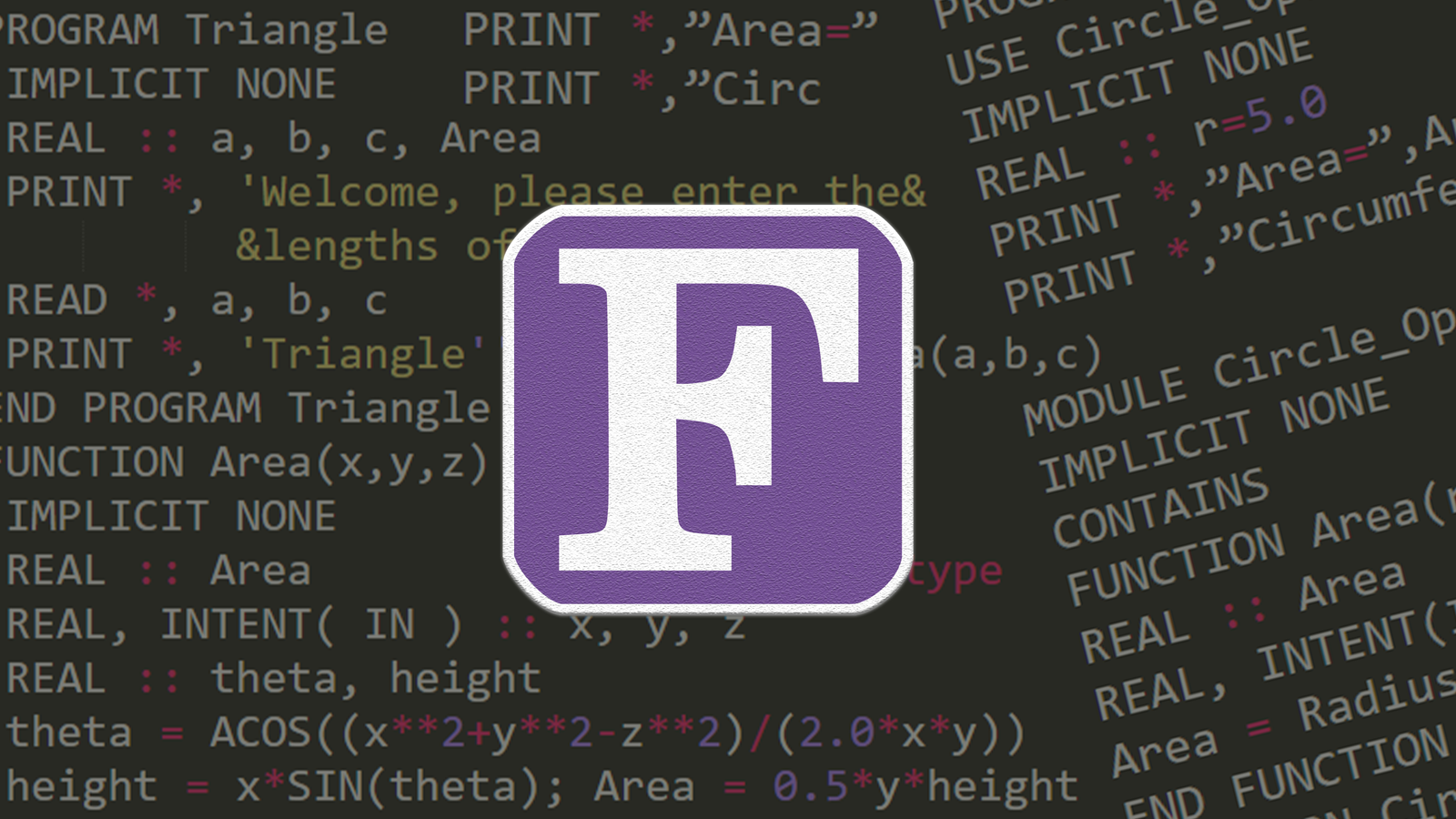Step into the time machine and relive the heart-pounding anticipation that gripped the world as we approached the turn of the millennium. The looming menace? The infamous Y2K bug is akin to a digital time bomb, with the potential to plunge global systems into disarray. Within this captivating blog post, we embark on an exhilarating journey through the Y2K saga, delving into the bug’s origins, the high-stakes endeavors to avert disaster, and the enduring impact resonating through the corridors of technology even today. Before delving into the intricacies of the blog, let’s address critical factual questions about Y2K and its implications for safeguarding against technological threats:
Table of Contents
What was the Y2K bug scare?
As the year 2000 neared, a palpable concern gripped computer programmers, recognizing a potential Y2K bug. The apprehension stemmed from the realization that computers might misinterpret “00” as 1900 instead of 2000. This discrepancy had far-reaching implications, jeopardizing activities programmed on a daily or yearly basis. The fear was that crucial systems relying on accurate date processing could be compromised, leading to damaged or flawed outcomes. This Y2K bug scare prompted a worldwide effort to meticulously address and rectify the coding issues, highlighting the significance of preventing potential disruptions in the transition to the new millennium.

Did anything go wrong on Y2K?
On the eve of Y2K, specific software encountered glitches as it failed to interpret 2000 as a leap year accurately, erroneously considering the year to have 365 days. This miscalculation manifested in errors on the last day of 2000 (day 366) and the first day of 2001. Additionally, specific computers should have understood the new year as 1901, resulting in minor operational issues. Although these errors were generally considered insignificant, they underscored the significance of meticulous preparation and highlighted potential vulnerabilities in systems that needed to be adequately addressed during the Y2K preparations.
What would happen if Y2K happened?
If Y2K had occurred, the consequences could have been significant. The misinterpretation of the “00” in 2000 as 1900 by computers had the potential to result in widespread issues. This ranged from wildly inaccurate mortgage calculations, causing financial chaos, to the speculation of large-scale blackouts and infrastructure damage. Two decades later, the Y2K bug appears almost comical due to the successful preventive measures taken. However, at the time, it was a severe concern, widely discussed but not fully comprehended by many, highlighting the complexity and uncertainty surrounding the potential impacts of technological glitches on a global scale.
Now equipped with answers to these questions, let’s delve deeper into the intricate tale of Y2K, exploring its origins, the efforts to avert catastrophe, and the lasting impact that resonates within the technology landscape even today.
Unmasking the Y2K Enigma: A Midnight Odyssey
Immerse yourself in the brink of a new millennium, a pivotal moment teeming with suspense and uncertainty, where the world collectively holds its breath as the clock inches towards midnight on January 1, 2000. This climactic scene marks the Y2K enigma, a nail-biting saga rooted in the repercussions of shortsighted computer coding practices and highlighting the ever-present reality of technological threats.
At the core of the Y2K problem lies a coding anomaly – the seemingly innocuous decision to abbreviate four-digit years to two digits. Standing on the precipice of a new era, the Y2K bug threatened to thrust us not into the future but into a digital time warp, misinterpreting the dawn of the new millennium as a regression to the year 1900.
The stage was set for a rollercoaster ride through the intricate origins of the Y2K bug, a manifestation of unforeseen consequences in the complex tapestry of computer programming. Far beyond a mere glitch, it represented a ticking time bomb counting down to potential chaos. The suspense leading up to that momentous date was palpable as nations, businesses, and individuals grappled with the looming uncertainty – a suspenseful overture to a global event that could redefine the way we perceived and interacted with technology. Brace yourself for an odyssey through the Y2K bug’s origins, where every line of code held the potential to rewrite history amid the backdrop of technological threats.
The Y2K Race Against Time
In the throes of the impending Y2K chaos, the world plunged into a gripping narrative of uncertainty and anticipation. As the clock ticked towards the new millennium, governments, businesses, and tech visionaries globally initiated a race against time to dismantle the Y2K time bomb. This high-stakes chapter in history unfolded like a techno-thriller, with unsung heroes rising to the occasion.
Global Mobilization: A Symphony of Governments, Businesses, and Tech Savants

The Y2K Race Against Time plunged the world into a synchronized effort of unprecedented scale. Governments, businesses, and tech wizards collaborated globally, forming a symphony of expertise to defuse the ticking Y2K time bomb. This international alliance showcased the power of a united front as nations set aside differences to confront a shared technological threat.
Code Warriors and Epic Remediation: Unveiling the Heroes of Y2K
The Y2K saga witnessed an army of code warriors descending into the digital trenches, armed with determination and technical prowess. This epic remediation effort saw these unsung heroes rewriting millions of lines of code, conducting surgical upgrades to outdated hardware, and subjecting systems to mind-bending testing scenarios. The narrative unfolds as a techno-thriller, with the adrenaline-pumping heroics of these individuals standing as a testament to human ingenuity in the face of a looming disaster.
Countdown to Financial Chaos: Navigating the Y2K Waters
Embark on a thrilling journey as we navigate the tumultuous waters of the financial sector, where the Y2K bug loomed as an existential threat. Picture a scenario where banks, financial institutions, and the very heartbeat of Wall Street mobilized in a high-stakes effort to safeguard their digital fortresses from potential collapse. This is not just a tale of survival but a gripping narrative that unveils the strategic maneuvers and calculated risks taken to avert financial chaos.
The Looming Y2K Threat
As we delve into the narrative, we encounter the Y2K bug as a significant, impending danger—a modern-day Sword of Damocles hovering over the financial sector. The term “Sword of Damocles” symbolizes an imminent threat. In this context, it underscores the critical nature of the Y2K bug, portraying it as a potential catalyst for widespread financial disruption.
Safeguarding Digital Fortresses
Our journey unfolds as banks, financial institutions, and the heartbeat of Wall Street unite in a collective effort to fortify their digital infrastructure. The term “digital fortresses” emphasizes the importance of securing technological systems that underpin the financial sector. This involves a coordinated mobilization to strengthen defenses, illustrating the gravity of the situation and the necessity for proactive measures.
Navigating Hazardous Terrain
The narrative takes us through the intricacies of navigating the uncertain and risky landscape of the financial sector during this turbulent period. “Treacherous waters” metaphorically represents the challenges faced—uncertainties, potential pitfalls, and complexities. Exploring the strategies and actions taken provides insights into the resilience and adaptability required to maintain stability amid the looming Y2K crisis.
Economic Repercussions and Midnight Moments
The story extends beyond immediate survival, examining the lasting consequences of the Y2K bug. “Economic ripples” convey the far-reaching effects on the financial landscape. “Midnight moments” encapsulates critical instances, possibly at the turn of the millennium, where decisions and actions had profound implications. This section offers a broader perspective on the aftermath, exploring how the Y2K bug influenced the economic fabric and shaped pivotal moments in financial history.
Global Impact Unveiled

As humanity anticipated the arrival of the new millennium, the impending Y2K challenge had a disparate impact across continents and industries. Here are two key points to understand the nuances of this global narrative:
Varied National Preparedness
- Some nations distinguished themselves as exemplars of meticulous planning, demonstrating a proactive stance in addressing the Y2K bug.
- Others faced nerve-wracking challenges, highlighting disparities in the level of preparedness and the strategies implemented to navigate the potential disruptions posed by Y2K.
Differential Industry Experiences
- Industries exhibited diverse responses to the Y2K challenge, with some seamlessly adapting to the digital transition.
- Conversely, specific sectors encountered significant hurdles, showcasing the unique dynamics of each industry in the face of technological uncertainties.
The global impact of Y2K was characterized by a spectrum of outcomes, from nations shining as beacons of readiness to others grappling with unforeseen challenges. This period of uncertainty unraveled untold stories of triumphs and near misses, ultimately revealing the resilience that prevailed across the global landscape.
Post-Y2K Revolution
As the clock struck midnight, signaling the passage into the new millennium, the collective exhale of relief reverberated worldwide. However, the aftermath of the Y2K scare unfolded a new chapter in the tech landscape. Here’s an exploration of the post-Y2K era, delving into how the specter of the Y2K bug catalyzed lasting changes:
Influence on Software Development
- The Y2K scare acted as a catalyst for a paradigm shift in software development practices. The need for meticulous scrutiny of code and date-related functions during the Y2K preparations spurred the adoption of more robust coding standards.
- Software developers began prioritizing thorough testing, improved documentation, and better version control, laying the foundation for a more disciplined and systematic approach to software engineering.
Impact on System Architecture
- The Y2K bug prompted organizations to reevaluate and upgrade their system architectures. Legacy systems, often reliant on two-digit year representations, were phased out in favor of more resilient and future-proof architectures.
- This transition marked a shift towards modular and scalable architectures, enabling systems to accommodate evolving technological requirements and reducing susceptibility to date-related issues.
Enhanced Disaster Preparedness
- The Y2K preparation efforts necessitated robust disaster preparedness planning as organizations worldwide sought to mitigate the potential fallout from system failures.
- This focus on disaster preparedness laid the groundwork for comprehensive business continuity and disaster recovery strategies, influencing how organizations approach risk management and resilience in the face of technological challenges.
The post-Y2K era witnessed a transformative period in technology. Far from fading away as a mere historical blip, the Y2K scare left an enduring impact on software development practices, system architectures, and disaster preparedness protocols. It marked the birth of a new era characterized by heightened awareness, resilience, and a commitment to ensuring the reliability and longevity of technological systems.
Lessons Learned and Enduring Legacy of Y2K
The Y2K scare, while narrowly averted, bequeathed a treasure trove of lessons that have indelibly shaped the tech industry and society at large. Let’s distill these lessons and explore the enduring legacy of Y2K, showcasing how it continues to influence decision-making in our rapidly evolving technological landscape.
Proactive Problem-Solving and Preparedness
The Y2K experience underscored the paramount importance of proactive problem-solving. Organizations worldwide learned that investing time, resources, and expertise in identifying and addressing potential issues before they escalate is crucial. This proactive approach laid the foundation for a culture of preparedness, influencing subsequent crisis management strategies.
Code Hygiene and Emphasis on Quality
The Y2K bug brought to light the critical need for code hygiene – a lesson ingrained in modern software development practices. Today’s developers prioritize clean, robust coding, ensuring that shortcuts for convenience do not compromise the integrity of digital systems. The legacy of Y2K shines through in the emphasis on code quality over expediency.
Comprehensive Risk Assessment and Transparency
Y2K prompted a paradigm shift in how organizations evaluate and manage potential technological threats. The experience led to the adoption of more comprehensive risk assessment methodologies, considering not only technological risks but also the interconnectedness of systems. Additionally, the bug highlighted the importance of transparent communication during crises, fostering trust and confidence.
Global Collaboration, Information Sharing, and Regulatory Changes
The Y2K challenge spurred a global collaborative effort to avert disaster. This collaborative spirit left an indelible mark on how the international community approaches shared challenges, influencing not only technological threats but also other global issues. Post-Y2K, regulatory frameworks were reevaluated, leading to updated compliance standards that governments and industries adhere to, fostering a safer and more resilient digital environment.
Guiding the Future Through Y2K’s Enduring Echoes
As we navigate the complexities of today’s technological landscape, the echoes of Y2K persist. The enduring legacy of proactive problem-solving, code hygiene, comprehensive risk assessment, and global collaboration serves as a beacon, guiding the tech industry towards a future where resilience is built upon continuous improvement and a collective commitment to addressing challenges head-on. The lessons of Y2K have transcended time, ensuring that the world remains better equipped to face the uncertainties of an ever-evolving digital era.
As we reflect on the Y2K bug two decades later, it’s evident that the meticulous preparation and remediation efforts undertaken globally averted what could have been a catastrophic event. The Y2K bug serves as a testament to the power of proactive problem-solving and collaboration on a global scale. While the world may have moved on from the Y2K scare, its impact on technology, risk assessment, and crisis management remains ingrained in the collective memory of those who lived through the countdown to the new millennium.











